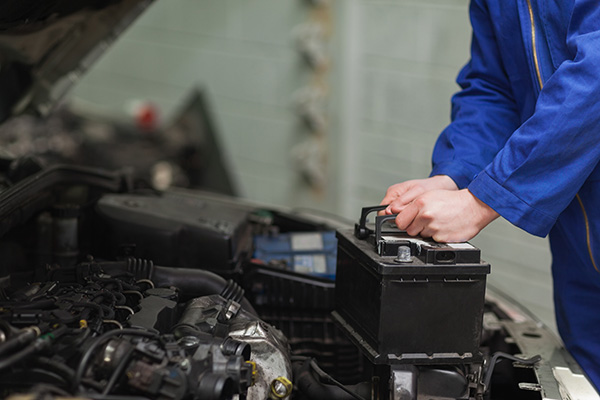
Waking up to a dead battery can ruin your day, especially when it happens more than once. If your vehicle starts fine during the day but won’t turn over the next morning, your battery may be draining while the car sits. This can happen for several reasons, and identifying the root cause is key to preventing further inconvenience or damage.
Let’s explore the most common causes of overnight battery drain and what steps you can take to fix the problem for good.
How Your Battery Works
Your car’s battery supplies electrical power to start the engine and operate essential systems when the engine isn’t running. Once the engine is on, the alternator takes over and recharges the battery. But even when your car is off, some components draw a small amount of power. This is called a “parasitic draw,” and it’s normal to some extent.
However, when that draw becomes excessive or something fails to shut off properly, your battery can drain faster than it recharges—leaving you stranded.
Faulty Electrical Components That Drain Power
One of the most common causes of battery drain is a faulty component that stays powered on when it shouldn’t. A stuck relay, malfunctioning control module, or defective sensor can continue drawing current after you turn off the car.
Even something as small as a glovebox light or power seat motor can be the culprit. These are often hard to detect without diagnostic tools, which is why a professional electrical inspection is usually necessary when the cause isn’t obvious.
Interior and Exterior Lights Left On
While modern vehicles often include alerts to prevent lights from being left on, it still happens. Dome lights, map lights, and trunk lights may remain on due to a stuck switch or user error.
In older cars without auto-shutoff features, headlights or parking lights can stay on overnight, quickly draining the battery. It’s a good habit to double-check all lights when exiting your vehicle, especially if you’re already dealing with battery issues.
A Weak or Failing Battery
Sometimes, the problem isn’t an external draw at all—it’s the battery itself. Over time, batteries lose their ability to hold a charge, especially in extreme weather. A battery that’s past its prime may not be able to maintain its voltage overnight, even with normal parasitic draw.
If your battery is more than three to five years old, or if it struggles even after a jump-start, replacement may be the best solution. A load test can determine whether your battery is still healthy or on its way out.
Corroded or Loose Battery Connections
Your battery relies on clean, tight connections to deliver power efficiently. Corrosion around the terminals can interfere with that process, causing poor charging and discharging. If the connections are loose or the cables are damaged, power can be lost even if the battery itself is still good.
Cleaning the terminals and checking all connections can sometimes resolve what appears to be a more complex issue. It’s also an important maintenance step during regular service.
Problems With the Charging System
If your alternator isn’t working properly, it may not fully recharge the battery while you drive. That means even small overnight power draws could leave you with a dead battery by morning.
A slipping alternator belt, bad voltage regulator, or internal alternator fault can all lead to insufficient charging. Diagnosing this issue often requires a charging system test, which measures the output voltage and ensures your alternator is functioning properly.
The Impact of Aftermarket Add-Ons
Installed accessories like alarms, remote start systems, GPS trackers, or custom audio equipment can sometimes be wired incorrectly or continue drawing current when they shouldn’t.
Even if the draw is small, it adds up over time, especially in vehicles that sit for several days without being driven. If you’ve recently added new electronics to your car, it’s worth checking how they’re wired and whether they’re draining power unnecessarily.
Professional Diagnosis Is Often the Best Route
Because there are so many possible causes of battery drain, the best way to pinpoint the issue is through a professional parasitic draw test. This involves using diagnostic equipment to measure the current being drawn while the vehicle is off and identifying the circuit responsible.
It’s a precise process and far more effective than guessing, especially when intermittent electrical problems are involved.
Get Expert Battery Service at Don’s Service Center in Terre Haute, IN
At Don’s Service Center in Terre Haute, IN, we help drivers get to the bottom of frustrating battery problems. Whether your battery is aging, your alternator needs attention, or a hidden electrical fault is at play, our team can diagnose the issue and restore your vehicle’s reliability.
Don’t let a dead battery make you late or leave you stranded. Schedule an inspection with Don’s Service Center today and enjoy peace of mind every time you turn the key.